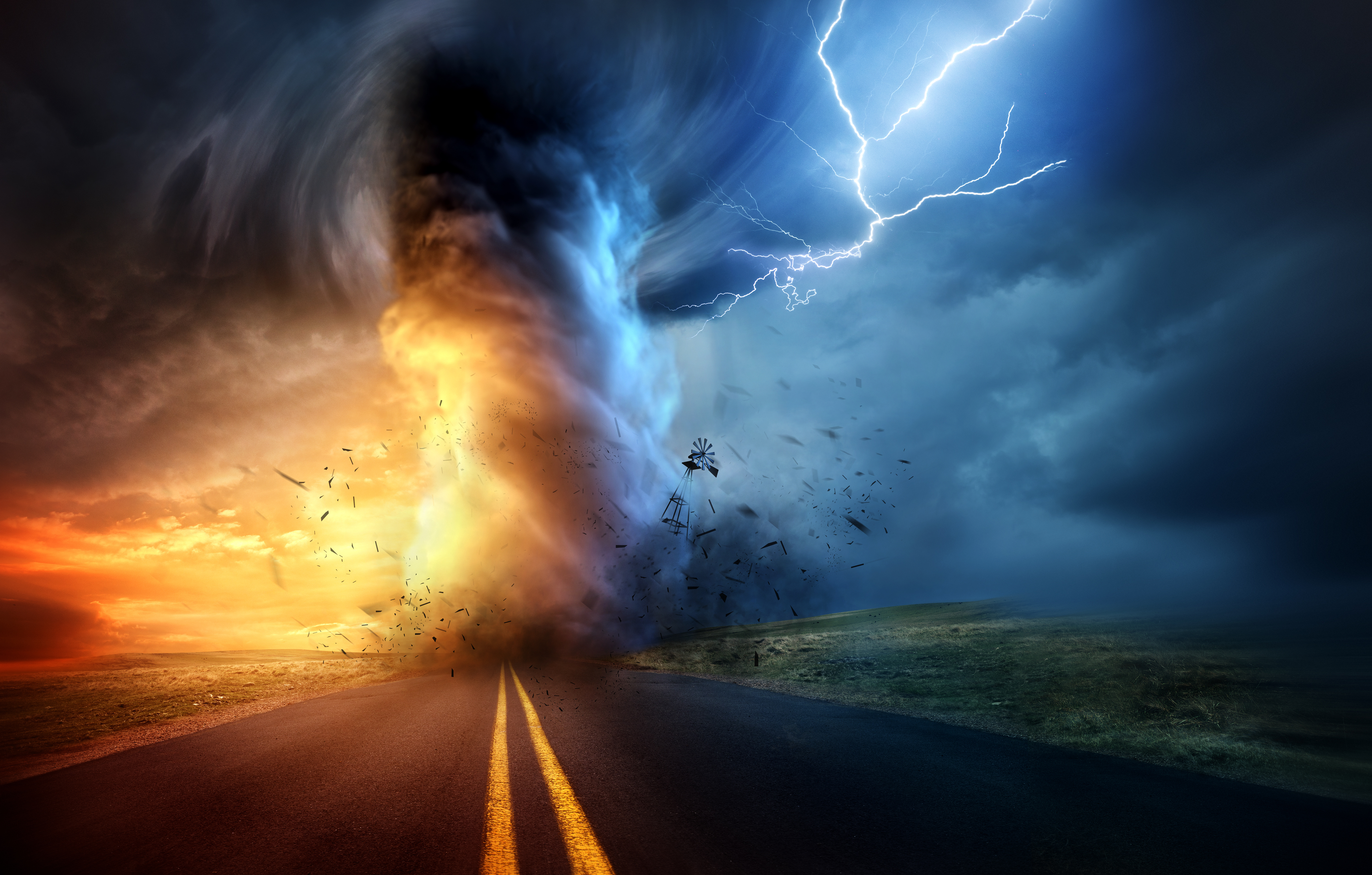
“What’s the worst that can happen?”
Such is the motto of the unprepared. They galavant around ignoring every disaster that might happen.
And when disaster strikes, they’ll be left helpless.
No one wants to be caught off-guard. But when it comes to preparing for natural disasters, many of us don’t know where to start.
If you want to keep yourself safe, here are seven things you need to keep in mind.
1. Know Your Risk
The world is a big place, filled with a variety of climates and landscapes.
Each of those locations has its own unique dangers. For example, if you live in Los Angeles, you will need to make a plan for earthquakes. But you might not need to worry about your furnace going out like you would if you lived in Chicago.
On the other hand, if you live in Chicago, you won’t need to worry about earthquakes.
Know the unique risks that face your home and community.
2. Make A Plan—And Communicate It
Once you take a look at the natural disasters that might befall you, it’s time to make a plan.
Consider every possibility. If your plan includes evacuating, what happens if your car won’t start, or if your road is blocked by fallen trees?
Make a plan for every possible scenario. Obviously, you shouldn’t react to a flood the same way as you would a tornado.
Once you have the disaster plans set, write them down. Make sure that everyone else knows the plan. Trying to fill everyone in on the plan at the last moment is a recipe for chaos.
3. Have The Right Supplies
When disaster strikes, you need to make sure that you have the right supplies.
These might change depending on the disaster, but it’s a good idea to stock up the following.
- Waterproof containers
- Flashlights and batteries
- Cell phone chargers and battery packs
- Fresh water and water filters
- First aid kits
- Multitools
Depending on the severity of the disaster, you might also need to have emergency shelter and fire starting supplies.
These supplies should be well-made and durable. Visit Canadian Prepper if you need to stock up.
4. Store The Right Foods
We often take fresh food for granted. We’re usually only a few minutes away from warm meals, fresh fruits and vegetables, and clean drinking water.
But when a storm comes, we might lose that access altogether.
Stay ahead of the storm by stockpiling nonperishable foods that you can keep for a while.
Nonperishable, nutrient-rich foods are best. Avoid junk food.
Here are some good options.
- Peanut butter
- Granola
- Protein bars
- Tuna fish
- Apple sauce
- Canned vegetables
- Dried beans
5. Make A Go Bag
When you need to evacuate, you need to go now. The storm isn’t going to wait for everyone to pack their favorite outfit.
If you have kids, you know that it’s hard enough to get them into the car when it isn’t an emergency. So when the storm comes and you need to leave ASAP, you need every extra second you can get.
Prepare a “go bag.” A go bag is an essential part of any natural disaster plan.
Essentially, this is a durable bag filled with all of the essentials that you will need in case of emergency: extra clothes, flashlights, first-aid kits, nonperishable foods, and anything else you might need at a moment’s notice.
6. Save Your Phone Battery
These days, we use our phones for everything.
And when a storm starts rolling in, there’s a good chance that you’ll be holding your phone tight as you watch the weather apps, news stations, and Twitter feed inform you about the storm.
If you have kids, they’ll probably use the phone to entertain themselves as they wait out the storm.
But phone batteries don’t last forever. And if the electricity is out, you don’t know how long you’ll be without power. When your phone dies, you’ll be cut off from the world.
Use your battery sparingly. Check the necessary channels periodically, but don’t cling to your phone ceaselessly scrolling between the same few apps.
Turn off WiFi, Bluetooth, and other battery-draining features. Turn your screen brightness all the way down and avoid streaming music or videos.
Pack a battery pack (or two) so you can fill up on juice when the power is low.
If your iPhone starts acting up, try these troubleshooting tips.
7. Plan For Kids and Pets
It’s one thing to prepare yourself for disaster.
It’s another to plan for kids and pets. They won’t understand why you can’t leave the basement or why you can’t go home.
Bring unplugged games and activities for your kids, such as board games, crayons, and their favorite books. As stressful as things get, maintain a loving tone with your children. They’re already scared—having an angry parent will make things worse.
Pets get especially skittish during natural disasters, so make sure you include them in your disaster plan. Read the Humane Society’s guide here.
Preparing For Natural Disasters
Hopefully, you won’t ever have to use these tips.
But in the unfortunate case that you do, you’ll be prepared. After all, it’s better to make a plan that you never need than to find yourself in the middle of a natural disaster with no escape.
After spending some time preparing for natural disasters, why not enjoy yourself? Do something fun, like take a cruise to somewhere you’ve never been to before.
After all, worry never helped anything.
